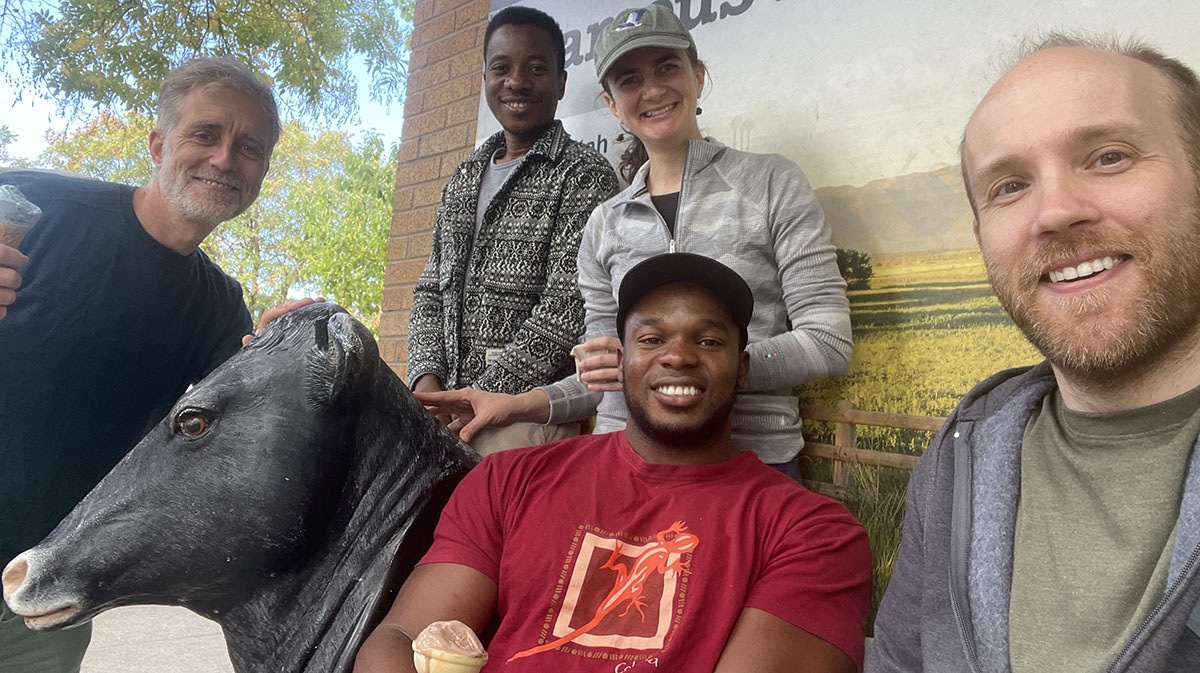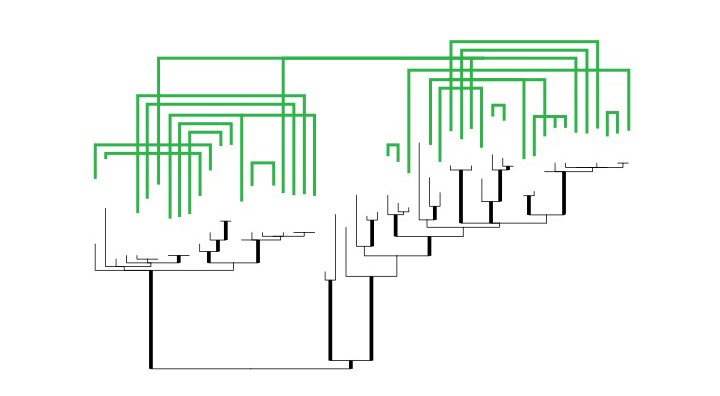Welcome!
You’ve reached the Rothfels Lab in the Intermountain Herbarium and Department of Biology and Ecology Center at Utah State University in Logan, Utah. Here, you might find us sequencing polyploid Cystopteris, squashing chromosomes, identifying plants in the Intermountain Herbarium, teaching, collaborating, and botanizing in the beautiful Wasatch Mountains.
If you are interested in learning more about our lab, visiting, collaborating, or talking with Carl about a graduate student or postdoc position, please reach out! We’d love to hear from you.

We here at the Rothfels lab are broadly interested in using phylogenetic tools to study plants, and in better understanding the strengths and limitations of these tools. Questions of interest range across the patterns and processes of plant diversification, including molecular divergence, morphological change, speciation, and extinction.
Much of the work in the lab focuses on the “seed-free” vascular plants—the ferns and lycophytes—two under-studied clades that are captivating in their own right, and that provide an important point of comparison for understanding the evolution of their relatives, the seed plants. Ferns and lycophytes are also an excellent system for investigating one of the lab’s central research questions: what is the evolutionary fate of lineages that have more than two sets of chromosomes? These “polyploid” lineages are common and often ecologically highly successful, but their performance over evolutionary time scales is unclear (and highly contentious).

Some ongoing research themes in the lab include (see the Research section for more information):
- Novel analysis and data-generation methods to study the evolutionary history of allopolyploid complexes (groups of closely related species where there is a lot of genome doubling and hybridization occurring)
- Phylogenetics of the fern family Cystopteridaceae (the fragile ferns, oak ferns, and relatives). Polyploidy is common in this family, and preliminary data suggest that there are lot of unrecognized cryptic species
- Fern genome evolution, with particular focus on the bizarre heterosporous waterferns, especially the nitrogen-fixing wonderfern, Azolla
- The long-term fate of polyploids: Are they potent “engines” of evolution, or are they rather evolutionary dead-ends? Or do they fall somewhere inbetween…
- Biogeography and evolution of the California clade of quillworts (Isoetes)
- Strengths and weaknesses of methods to infer ancient polyploidy events from genomic data
- Testing how methods that infer speciation and extinction rates perform when their underlying model assumptions are violated
- Using transcriptomic data to infer the deep relationships in plants (and the dangers of doing so)

